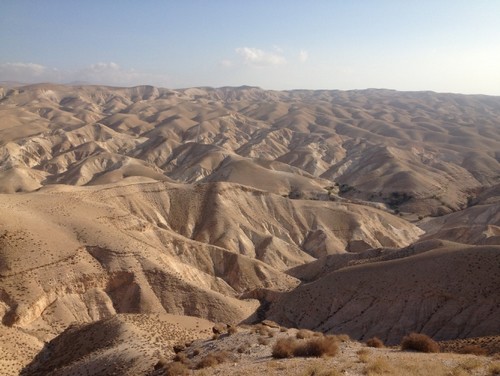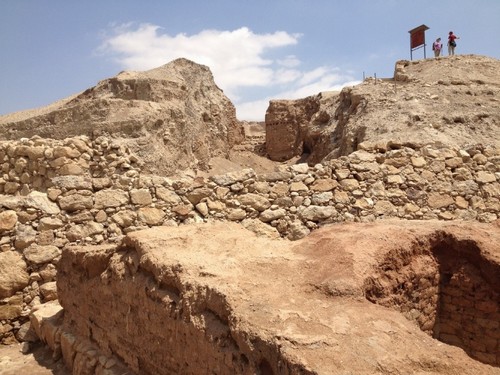
Today we traveled down the Shephelah, hitting various biblical cities and discussing corresponding narratives along the way. We stopped at Beit Shemesh, Shaaraim, Lachish, and Ashkelon. After learning about the Diagonal Highway in class yesterday, it was helpful to experience the region in person.
At Beit Shemesh, we learned about the historical tug of war over the area. Canaanites, Philistines, and Judahites jockeyed for position there, as it was one of the first major cities coming down from the Judean highlands towards the Coastal Plain. As we stood upon the tel, our instructor pointed out Zorah to the north, the birthplace of Samson. Surprisingly, the story of Samson was highly relevant to learning about tensions between the Philistines and Judahites during Judah’s expansion southward.
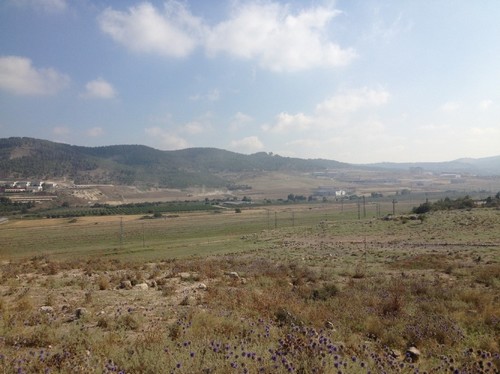
Our next stop was Shaaraim, which provided a stunning overlook of the Elah Valley and the surrounding area. We could see Azekah to the west and Socoh off to the southeast. Apparently, Shaaraim may have been fortified as an outlook by David after he flushed the Philistines out of the area. After learning this, one of my classmates pointed out to me that we had just walked through the same entrance gate that David himself used.
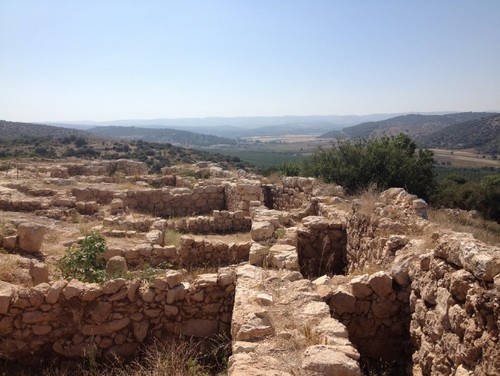
Here, we put ‘flesh on the bones’ of the story of David and Goliath. Learning how the event connects with the land helped me realize the importance of what we’re studying – knowing that this conflict was a pivotal moment in the war between the Philistines and Judah made it ‘real’ for me. This isn’t to suggest that I didn’t believe the story at first; it’s just that, in my mind, it no longer exists as a self-contained, flannel-graph Sunday School lesson. So far, this is what I’m finding most beneficial about our studies: it’s providing helpful context to familiar stories and helping me make connections I hadn’t considered before.
Next, we traveled to Lachish, the last of Judah’s cities along the Diagonal Road. Sennacherib was in Lachish when Hezekiah finally surrendered himself to the Assyrians after they had laid waste to all the other fortified cities of Judah.
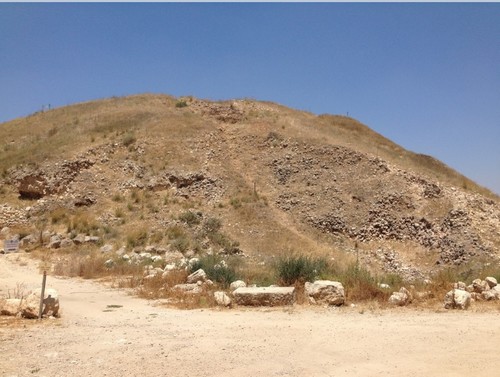
Finally, we made a quick stop at Ashkelon before most of the group jumped in the water at the beach. It was a thriving port under the Philistines and, later, under the Romans as well. Apparently Herod the Great was born there, too. We didn’t stay at Ashkelon for very long, but our instructor used the environment as an opportunity to teach us about the biblical concept of chaos in relation to water.
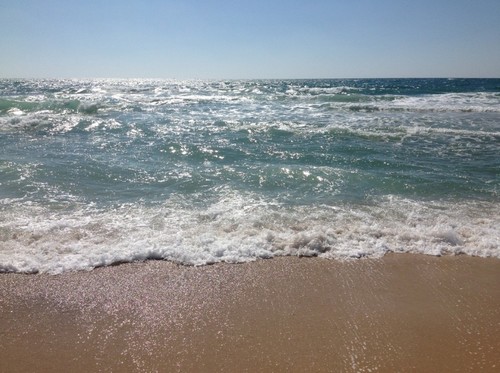
And that’s all I have to say about that.

